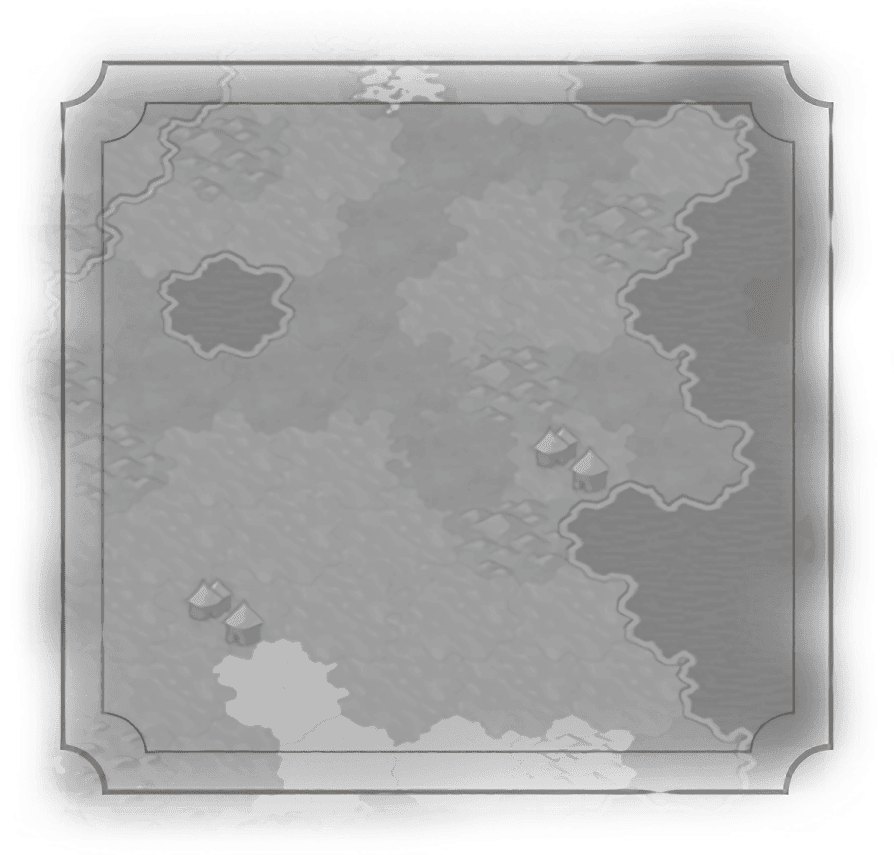Air Combat
Civilian
Land Combat
Naval Combat
Support
Anti-Air Gun
Battering Ram
Cultist
Drone
Medic
Military Engineer
Mobile SAM
Observation Balloon
Siege Tower
Soothsayer
Supply Convoy
Heroes


Medic
Description
Industrial era support unit. Can heal adjacent units.
Historical Context
It takes a brave person to rush onto a battlefield unarmed, especially to provide trauma care in the front lines. Although “protected” by age-old edicts and the Geneva Convention, being a military medic is not conducive to good health. Surgeon Dominique Larrey developed the first ambulances volantes (“flying ambulance”) – mobile field hospitals – for Napoleon’s Grande Armée; he also recruited and trained volunteers to aid the wounded and carry them back to the field hospitals. Not only did it improve the survival rate – which certainly boosted morale – but it insured that at least some would survive to fight again. During the American Civil War, Major Jon Letterman of the U.S. Army of the Potomac not only developed and standardized new equipment for saving lives (this in an age when amputation was the usual cure), but expanded the medic’s role to dealing with diseases and other ills of the draftees. Today, army medics and naval corpsmen are integral to every nation’s military.

Requirements
Technology
Production Cost
Base Cost: 370  Production
Production
 Production
ProductionPurchase Cost
Base Cost: 1480  Gold
Gold
 Gold
GoldMaintenance Cost
Base Cost: 5  Gold
Gold
 Gold
Gold
Description
Industrial era support unit. Can heal adjacent units.
Historical Context
It takes a brave person to rush onto a battlefield unarmed, especially to provide trauma care in the front lines. Although “protected” by age-old edicts and the Geneva Convention, being a military medic is not conducive to good health. Surgeon Dominique Larrey developed the first ambulances volantes (“flying ambulance”) – mobile field hospitals – for Napoleon’s Grande Armée; he also recruited and trained volunteers to aid the wounded and carry them back to the field hospitals. Not only did it improve the survival rate – which certainly boosted morale – but it insured that at least some would survive to fight again. During the American Civil War, Major Jon Letterman of the U.S. Army of the Potomac not only developed and standardized new equipment for saving lives (this in an age when amputation was the usual cure), but expanded the medic’s role to dealing with diseases and other ills of the draftees. Today, army medics and naval corpsmen are integral to every nation’s military.
Requirements
Technology
Production Cost
Base Cost: 370  Production
Production
 Production
ProductionPurchase Cost
Base Cost: 1480  Gold
Gold
 Gold
GoldMaintenance Cost
Base Cost: 5  Gold
Gold
 Gold
Gold


